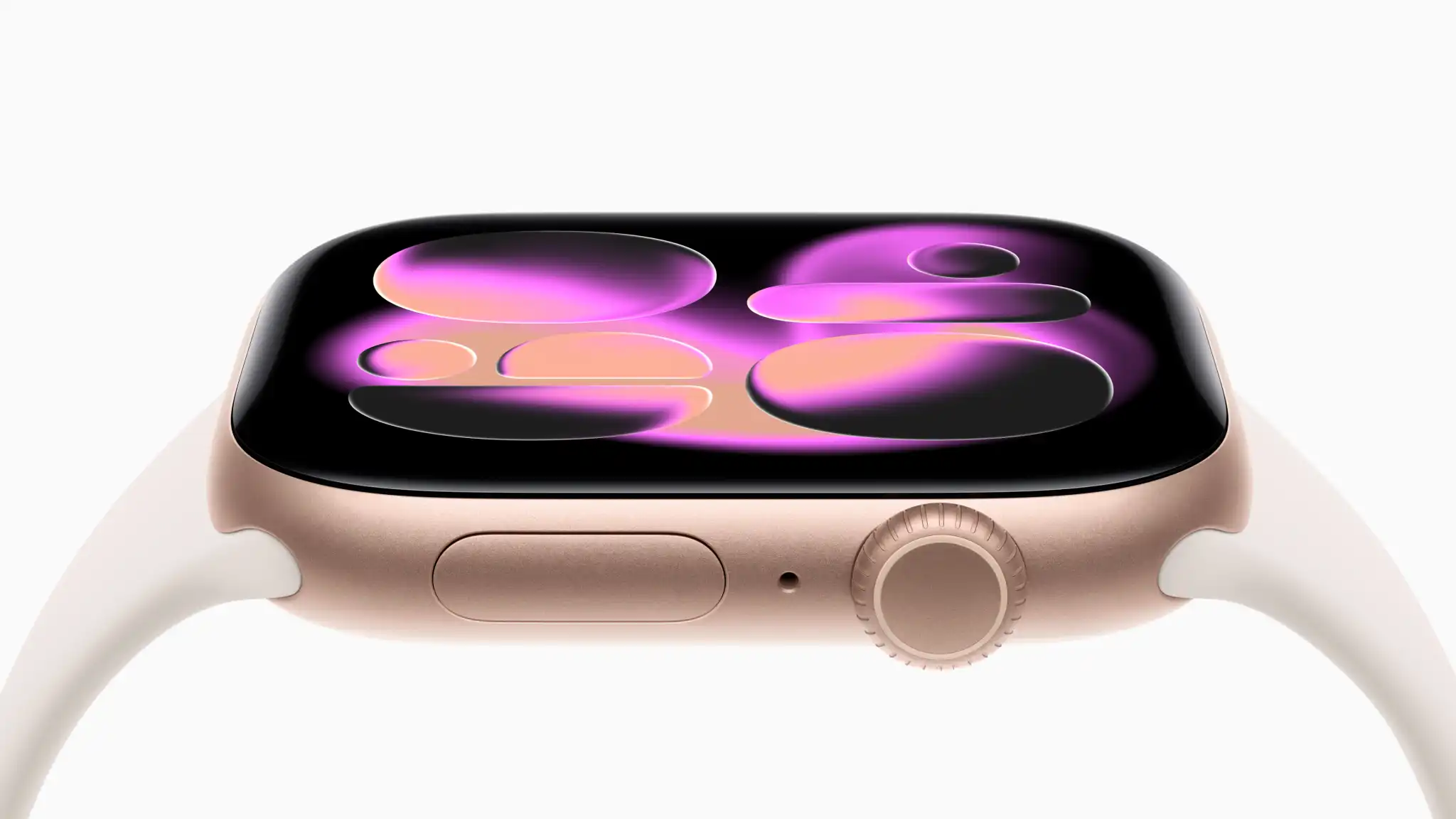The Series 11 isn’t flashy. It doesn’t reinvent the smartwatch wheel. But for people who use a watch to train, sleep and keep an eye on cardiovascular risk, it’s a meaningful, practical evolution—one that tightens Apple’s health narrative while leaving a few obvious holes undone.
What Apple actually changed (and why it matters)
Apple’s closest rivals have long pushed endurance, ruggedness and specialist metrics; Series 11 trades dramatic redesign for concrete health and usability wins. The aluminium model gains a tougher ceramic/ion-X front that Apple says is twice as scratch-resistant—reviewers who tested daily wear report it standing up to knocks without visible micro-scratches.
More significant for day-to-day fitness is battery: Apple lists a 24-hour baseline, but reviewers found the watch routinely lasting much longer in real-world use—some tests reporting roughly 36–40 hours with GPS workouts and sleep tracking enabled. That shifts the Apple Watch from a single-day device to a plausible two-day companion for many users, and removes one of the platform’s biggest practical frictions (charging every evening).
Fitness tracking—accurate, consistent, pragmatic
Apple still plays the accuracy card well. Heart-rate and GPS tracking remain reliable; tests against chest-strap monitors show only marginal variance (single-digit BPM differences), and GPS position is fast to lock and dependable for route analysis. For most runners, cyclists and swimmers, Series 11 is conservative and trustworthy. If you crave dual-band GNSS precision, Apple still reserves that tech for its Ultra line.
Workout Buddy is a new, generative encouragement feature that gives timed, voice-based prods and checkpoints during activity—but it currently requires a paired iPhone with internet access. That undermines the “leave-the-phone-at-home” use case many athletes value and feels like an avoidable limitation. Reviewers like the concept; they just want it native to the watch.
Health features: detection, alerts, and the rise of hypertensive notifications
Where Series 11 tightens Apple’s health case is in expanding automated detection and long-term pattern alerts. ECG remains available for rhythm screening and is a recognized tool for spotting atrial fibrillation in adults; fall detection and emergency SOS are established features that continue to matter for older or vulnerable users. These foundations are part of Apple’s shift toward preventive health rather than pure fitness.
New this year is Hypertensive (blood-pressure) Notifications: the watch analyses heart-rate patterns over roughly 30 days to flag possible chronically high blood pressure. Importantly, Series 11 doesn’t measure blood pressure directly—it gives alerts that might prompt a user to seek clinical testing. Reviewers and clinicians welcome the signal but caution it’s an alerting tool, not a diagnostic one.
How to treat these alerts
Treat hypertensive notifications and rhythm flags as action prompts: useful early warnings, but not replacement for a cuff, clinician assessment or clinical-grade diagnostics. Apple’s ecosystem nudges a more preventive stance—good—but reviewers and doctors have warned that widespread alerts can also create anxiety and extra medical workups if users misinterpret what the watch is doing. That tension—access versus accuracy—remains central to wearables-as-health-instruments.
Sleep tracking: a score, but not enough interpretation
Apple rolled out a Sleep Score (0–100) that aggregates duration, bedtime consistency and interruptions. That’s progress because it reduces raw logs into a digestible metric, but reviewers consistently found the score too simplistic: it omits recovery metrics like HRV and latency, and it doesn’t yet pair the score with personalised, data-driven advice. In short: you get numbers and a sentiment, not a coaching path.
Battery and daily life
Beyond the headline battery numbers, Series 11’s quick-charge implementation is a practical win—reviewers report steep charge percentages in 30 minutes and a full top-up in about an hour, which meshes well with short morning routines. Combine that with the longer real-world endurance and the watch becomes a more credible overnight tracker and daytime trainer without constant tethering to a cable.
Where Apple still needs to finish the job
There are three clear gaps. First, sleep insight needs depth: health-conscious users want coaching that translates scores into behaviour change; Apple’s current recommendations remain generic. Second, some watch features—Workout Buddy chief among them—are tied to an iPhone connection when they could run locally. Third, advanced location tech (dual-band GNSS) and ultra-long endurance remain exclusive to the Ultra line; that keeps serious endurance athletes looking elsewhere. These are solvable problems, but they’re significant to anyone who relies on wearables as primary training and health tools.
The Series 11 is not a radical reinvention—and that’s its point. Apple tightened the recipe where it matters for everyday health: tougher glass, more dependable battery, sharper alerts for cardiovascular risk, and consistently reliable workout metrics. If you want a watch that nudges healthier behaviour, supports serious but not ultra-specialist training, and reduces friction in daily charging and wear, Series 11 is a practical, credible choice. If you demand surgical-grade sensors, week-long battery endurance, or phone-free advanced coaching today, you’ll still find better fits elsewhere.




